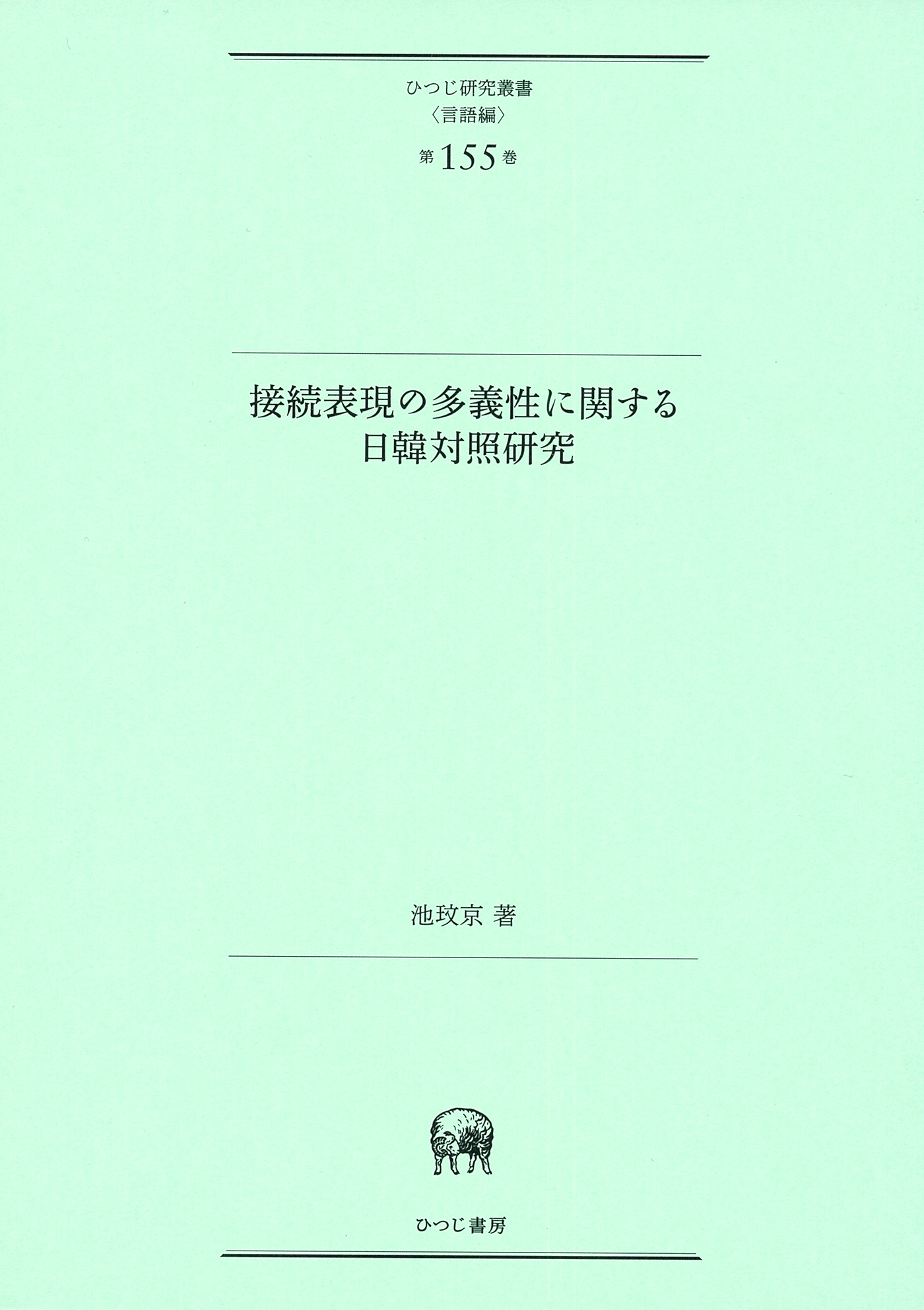
Title
Hituzi Linguistic Series 155 Setsuzoku-Hyogen no tagisei ni kansuru Nikkan taisho kenkyu (A Japanese-Korean Contrastive Study on Polysemy of Connectives)
Size
184 pages, A5 format, slipcase
Language
Japanese
Released
July, 2018
ISBN
978-4-89476-934-2
Published by
Hituzi Shobo
Book Info
See Book Availability at Library
Japanese Page
The study of polysemy of language generally involves an examination of lexical elements. This book treats multiple uses of grammatical elements as constituting polysemy and considers two connective expressions, modern Korean -는데 (henceforth “neunde”) and Japanese, ケド (henceforth “kedo”), which are often treated as corresponding expressions in Korean and Japanese. However, past research has neither concretely categorized and contrasted their respective uses nor explained how their various uses are related.
Since the author described the functions of neunde in her master’s thesis, she has become interested in connective expressions with multiple functions. Analysis of the uses of neunde allows us to identify the syntactic, semantic, and pragmatic characteristics common to each group, revealing that four criteria—whether there is a presupposition, conformity with the presupposition, non-conformity, and weakening of the antecedent proposition—are useful. Neunde is a Korean connective expression that covers an extremely wide range of connective functions; hence, the starting point of the research was to consider whether it is possible to apply these criteria to other connective expressions. This book describes neunde and expressions related to neunde, verifying the general applicability of these criteria and the polysemy of these connective expressions.
First, examples of the use of kedo, which is considered the corresponding Japanese form, were analyzed, confirming that it does not entirely conform to the semantic relationship of the antecedent and consequent that holds for Korean neunde. Even in the case of ga, which is extremely similar to kedo, differences in its co-occurrence with noda appear. Additionally, similar expressions that are often used to indicate connective functions, in which neunde and kedo cannot be interchanged, were analyzed. The results demonstrate that the semantic relationships that the forms discussed in this book express do not entirely overlap, it was shown that the categorization used in this book permits a unified description of neunde and kedo as well as similar expressions, allowing its use as a framework for complex sentence analysis.
Simply treating such differences in their range of connective functions as simple semantic or usage differences prevents descriptions based on the characteristics of the individual expressions. Thus, this book seeks to provide a systematic explanation by grasping the semantics of connective expressions progressively from those with low to those with high polysemy, and the polysemy treated is limited to cases where it appears in the interpretations of connective expressions, distinguishing them from the connective indications that are their essential function. This permits a better understanding of the associations between various uses of a given form and the increases in abstractness associated with the polysemy in the interpretations of their connective functions. A future challenge is to describe further expressions and clarify the thought process from their connective functions to their concrete interpretations in order to demonstrate the hierarchy of polysemy in connective expressions.
(Written by: Ji Minkyoung / March 27, 2020)




 eBook
eBook